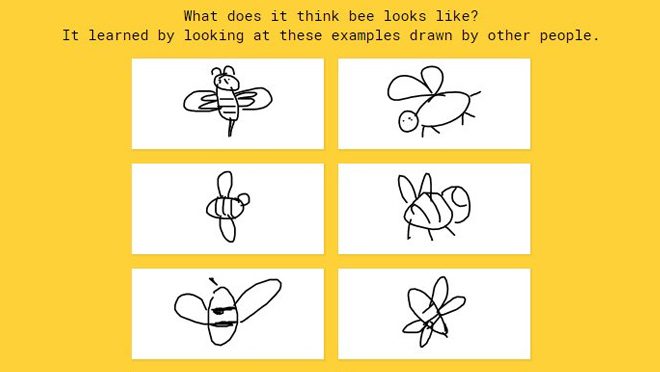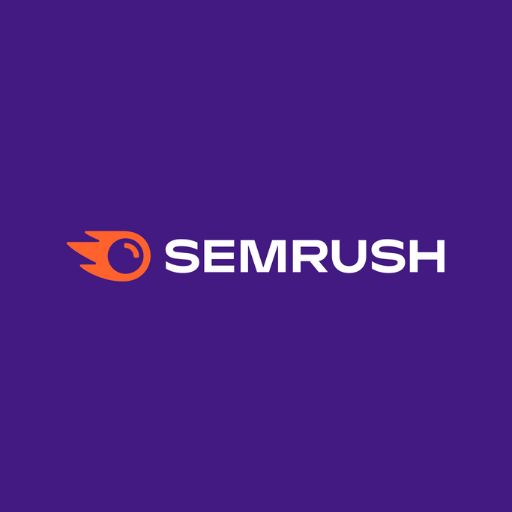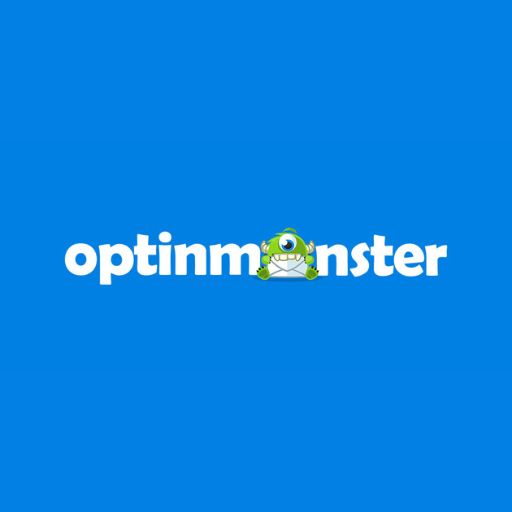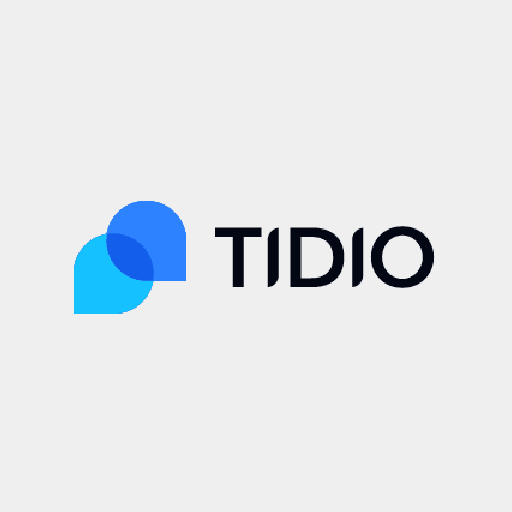To encourage the excitement of the field, Google launched the Kaggle “Quick Draw” Doodle Recognition Challenge, which would give some tasks to all the participants for building a better machine learning classifier for existing data “Quick Draw”.
While Google already has some online handwriting recognition products like ‘Translate,’ ‘Keep,’ and ‘Handwriting Input,’ which are used to recognize handwritten text and work for any kind of predefined pattern for which enough data is available. It also lets you digitize handwritten texts which can help you to improve your drawing abilities and build a virtual world.


There are a few points under which the Quick Draw labels are categorized, mentioned as follows:
1. Correct: This means that the computer recognizes the drawing only after the participant is done.
2. Correct, but incomplete: This means that the user has drawn under the category prompted, and it is recognized by the computer before the user has finished. Incompleteness can vary from very nearly to only a fraction of the category drawn.
3. Correct but not recognized: This means that the participant drew the drawing correctly under the category given but AI couldn’t recognize it.
4. Incorrect: This means that the participant drew something which doesn’t fall under the given category.
Adding to the labels described, each of the drawings is given a sequence of strokes, where each stroke is the sequence of touch points. These can easily be rendered as an image, and by using the order, the direction of the strokes helps in recognizing the handwriting better.
You can visit the tutorials which were published earlier regarding the Dataset and then get started with the challenge website Kaggle and higher your accuracy.




